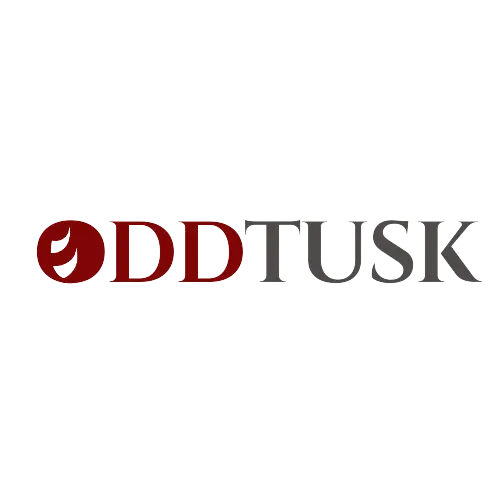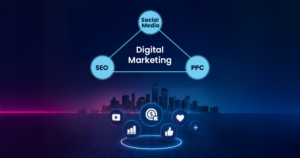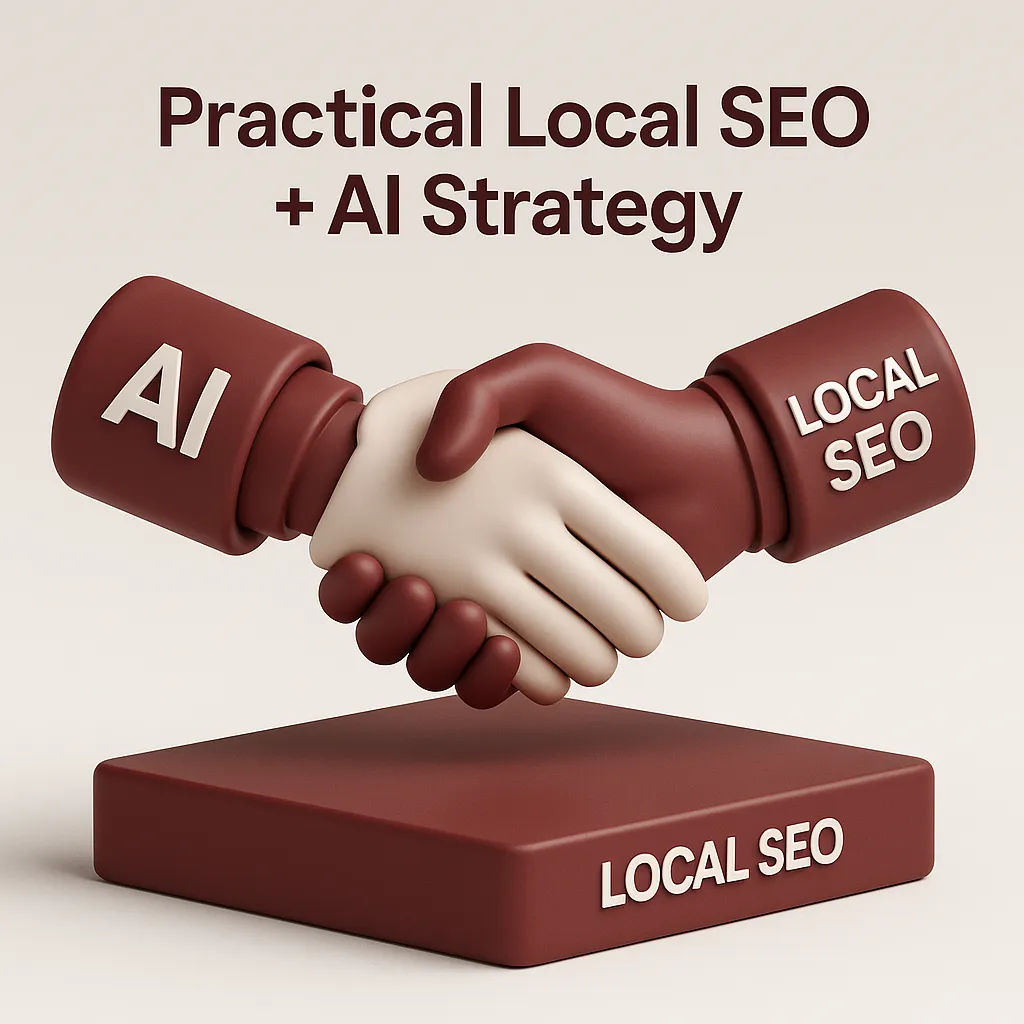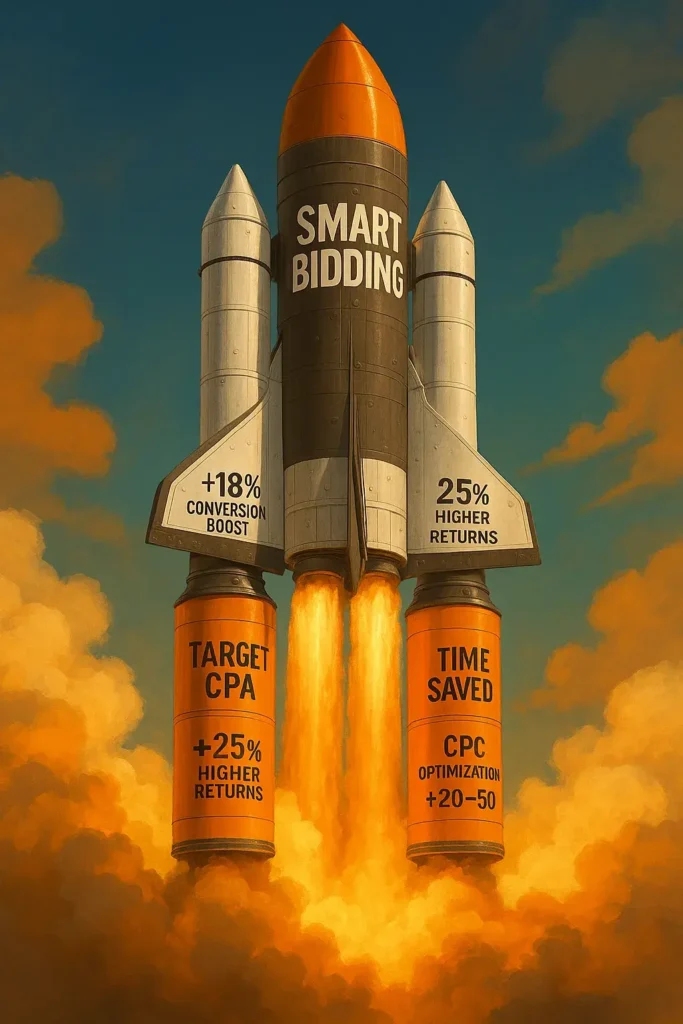The Digital Marketplace That Never Sleeps
In 2025, we scroll past nearly 1000 branded messages a day, from app notifications to Instagram ads to product labels screaming for attention. However, the issue is that the louder it gets, the harder it is to truly listen.
Consumers are tired. They’re overwhelmed, overburdened, and completely disinterested in busy branding. Amidst all this bustle, a new approach has emerged as a subtle yet powerful force, ‘minimalist branding’. Rather than aggressively vying for attention, it earns it through calm, clarity, and confidence.
So, in a market drowning in noise, minimalist branding isn’t about being silent. It focuses on saying what really matters. When everyone else is trying to be louder, minimalism wins by being smarter.
What Is Minimalist Branding?
Minimalist branding is a communication strategy that follows the art of doing ‘more with less’. This approach is based on the principle that simplicity fosters understanding, which in turn motivates people to take action.
Some key characteristics of minimalist branding include:

- Simple color palettes: Usually 2-3 shades at most
- Clean typography: Easy-to-read, elegant fonts
- Minimal copy: Concise messaging with maximum impact
- Focused visuals: No distractions; clear imagery
- Intentional whitespace: Breathing room for the eyes
A minimalist brand knows exactly what it stands for and doesn’t feel the need to over-explain. It involves understanding your identity and what you provide, then conveying that message with precision. It is not characterized by just empty spaces, but rather a clear sense of direction and focus.
It’s branding that breathes and gives your audience the freedom to feel instead of analyze.
Why Minimalism Works in the Attention Economy
With the average human attention span now down to just 8.25 seconds, shorter than a goldfish’s 9 seconds (Treetop ABA Therapy Report), brands have only milliseconds to make their mark.
Minimalist branding catches attention due to its simplicity and uniqueness.
- Cognitive Ease: The brain prefers visuals that are easier to process
- Faster Recognition: Simple logos are remembered faster (Nike, Apple, Airbnb)
- Better UX: Minimalist interfaces increase engagement and conversion
- Trust Building: Clean branding communicates professionalism and authenticity
According to a report from Siegel+Gale, 61% of consumers are more likely to recommend a brand because it’s simple.

By embracing simplicity, your brand gains a competitive edge by eliminating friction. The faster you make it for people to understand your brand, the faster they will trust you.
Simply put: Clutter confuses. Simplicity converts.
The Psychology Behind Simplicity
Psychologically, the human brain prefers simple things because they help in faster processing, improved decision-making, and a decreased sense of being overwhelmed. When a brand’s visuals and voice are neat and well-organized, our brains reward it with attention and preference.
Minimalist branding taps into fundamental cognitive principles:
- Processing Fluency: A brand that is easy to understand is more likely to be trusted.
- The Law of Prägnanz (Gestalt): We prefer visuals that are clear, symmetrical, and simple.
- Cognitive Ease: Familiarity and repetition increase confidence in decision-making.
- Decision Fatigue: Fewer options = easier choices
The psychology is clear: simple brands feel safer, smarter, and more intentional, and in a distracted world, that’s magnetic.
Clean = Credible
Minimalist Branding in Action: Real-World Examples
The concept of minimalism goes beyond theory; it’s design meets strategy in motion. Here are some brands that have succeeded in turning simplicity into their superpowers.
- Apple: The gold standard in minimal product design and branding—clean visuals, crisp messaging, and whitespace mastery. Result? A global cult.
- Google: Reduced visual load over the years; now relies on whitespace and 4-color identity.
- Muji: Their commitment to unbranded, minimalist design is their brand identity.
- Unacademy: Dropped cluttered visuals and complex logos for cleaner, sharper designs
- Zomato: Simplified its UI and color scheme for sharper mobile performance and focused on user intent over visual clutter.

Minimalism isn’t ‘less brand’, it’s ‘more focus’.
The Dos and Don’ts of Minimalist Branding
Minimalism isn’t just about stripping your logo down to a dot and calling it a day. There exists a delicate balance between a polished look and losing all character. Here’s how to get it right.
✅Dos:
- Prioritize clarity over cleverness
- Let your message breathe
- Define a strong brand purpose before simplifying visuals
- Use whitespace as a design element
- Craft concise messaging that evokes emotion
- Use a limited yet impactful color palette
- Test usability and accessibility across platforms
❌ Don’ts:
- Mistake minimal for boring
- Use cryptic logos or vague taglines
- Forget mobile responsiveness
- Confuse minimalism with blandness
- Eliminate personality, keep your tone and values intact.
- Oversimplify navigation or user journeys

Minimalism doesn’t mean you have to play it safe; you have to play it smart. Done right, minimalist branding isn’t plain, it’s powerful.
Bulletproof Benefits of Going Minimal
Simplicity is not just visually pleasing, but also highly advantageous for businesses. A minimalistic brand instills trust faster, has a lasting impact on memory, and guides customers effortlessly towards your desired goal without any complicated design techniques. Here’s why ‘minimalism’ wins every time.
- Faster Brand Recall: The majority of information transmitted to the brain is visual, simple logos and clean layouts stick longer.
- Lower Bounce Rates: Clean UX keeps users on your site longer.
- Easier Multi-Platform Consistency: Simple designs scale better across devices.
- Reduced Decision Fatigue: Less clutter = easier conversion paths.
- Higher Perceived Value: Premium brands often use minimalism to convey exclusivity
According to Google, users form an impression in just 50 milliseconds, and simple, uncluttered designs consistently win that split-second judgment.

Minimalism doesn’t just make your brand look good; it makes your brand work better. From reduced friction to boosted recognition, the benefits aren’t just aesthetic; they’re strategic. In a world of information overload, simple isn’t just nice, it’s necessary.
Can Minimalism Work for Every Brand?
Short answer: Mostly, yes.
Honestly, not all brands need to have a calm and simplistic aesthetic to thrive. However, incorporating minimalistic principles can bring value to almost any brand.
Ask yourself:
- Is your audience overwhelmed or overstimulated?
- Is your brand message getting lost in visuals?
- Are your current designs hurting conversions or engagement?
- Do your digital platforms feel cluttered or noisy?
Industries That Benefit Most:
- Tech (clean interfaces = better usability)
- Luxury (minimalism = exclusivity)
- Education (focus on value over fluff)
- Health & Wellness (evokes calm and trust)

Embracing minimalism does not mean totally getting rid of your brand’s unique style, but rather highlighting it. Even bold, expressive brands can benefit from cleaner layouts, tighter messaging, and visual breathing room. Less is adaptable and almost always more effective.
Crafting a Minimalist Brand: Where to Start
Being minimal doesn’t equate to being forgettable. On the contrary, your brand can both appear simple but create a big impact, as long as it is executed well.
So if you’re ready to declutter and reinvent your brand, where should you begin?
Here’s your step-by-step roadmap:
- Audit Your Brand Assets: Are you using too many colors, fonts, or visual styles?
- Define Your Core Message: Can your brand pitch be explained in one sentence?
- Simplify Your Logo: Think geometric, iconic, timeless.
- Revamp Your Website UX: Less clutter. More whitespace. Faster CTAs.
- Unify Your Tone of Voice: Clear, calm, and consistent beats clever and chaotic.
- Refine Your Palette: Stick to 2-3 colors that reflect your tone.
- Cut the Copy: Say more with less. Think headlines, not paragraphs.
- Test with Users: Collect feedback. What feels clean, and what feels cold?
Minimalism is never finished. It evolves. Start with small changes, maintain consistency, and observe your brand come to life. A clean brand doesn’t just look good, it feels confident, sharp, and utterly future-ready.
Final Thoughts: Why Less is More — Especially with Oddtusk
Your audience is most likely feeling overwhelmed already. They don’t need any more colors, shapes, or complex copy. What they do need is clear guidance. They need you to show up clear, consistent, and confident. This is where minimalist branding and Oddtusk come in. We don’t just simplify for the sake of appearance. Our approach involves amplifying your impact by cutting the fluff, sharpening your focus, and showing up with intention.
Today’s market demands a strategic approach to minimalism, making Oddtusk the ideal partner for creating a brand that not only looks clean but also communicates with power. Let us transform your complexity into clarity, your chaos into a compelling narrative, and your brand into an unforgettable force.
At Oddtusk, we help brands unlock their loudest growth with their quietest moves, from minimalist visual systems to strategic brand storytelling that sticks.
Want your brand to say more by saying less? Let’s make minimal your most powerful move.






